The route of the water mills in Eftimie Murgu village, Caras-Severin county, Romania
The route of the water mills in Eftimie Murgu village, Caras-Severin county, Romania
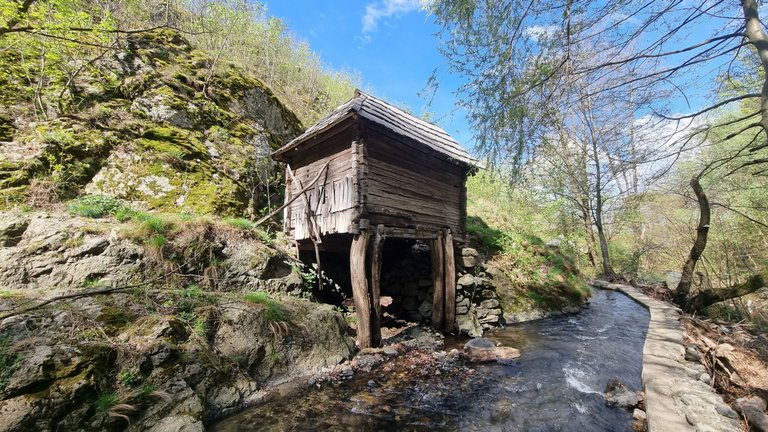
Hello travelers
Last year at the beginning of April I visited a place maybe unique in Romania, I start by telling you that the first information about the village Rudăria (the old name of Eftimie Murgu) appear somewhere around 1241, why I tell you this, because in today's blog we will visit together the Water Mills Trail in Eftimie Murgu.
Moreover, information about these watermills has been appearing since then, but it is quite difficult to establish their age, because these watermills are made of wood and when the wood deteriorates after a long use, it is changed.
I wanted very much to get to this area as if out of a movie.
In this place we arrived by car and we stayed at a guesthouse that is right at the beginning of the route of these water mills, a guesthouse run by a private host, a super accommodation, we felt at home here.
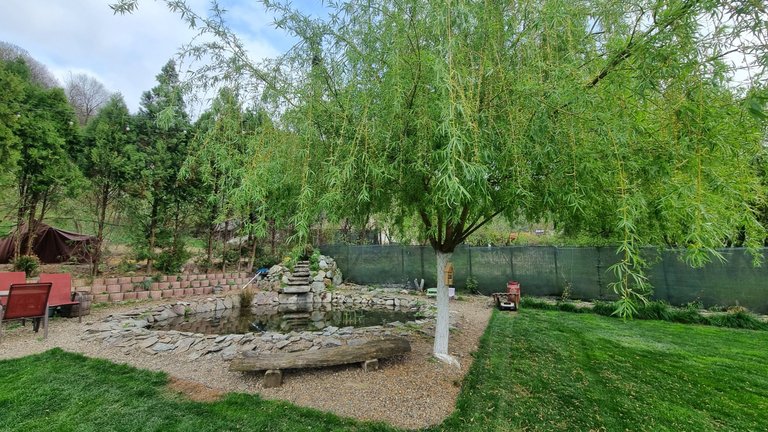
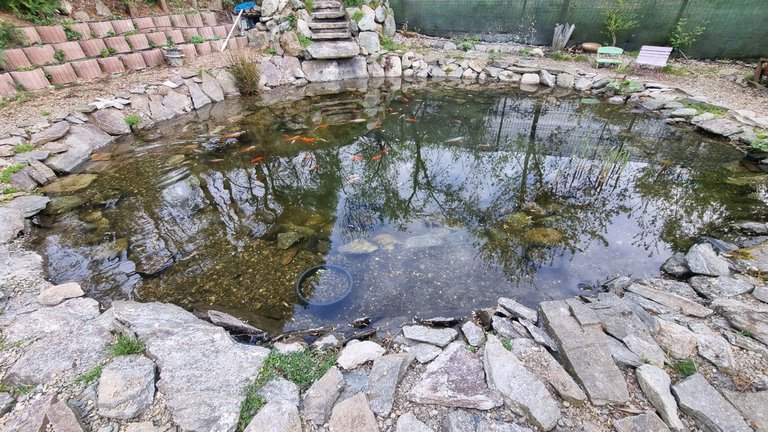
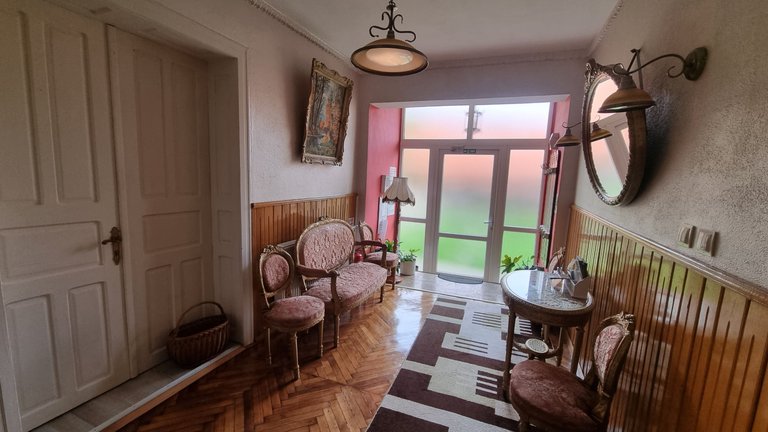
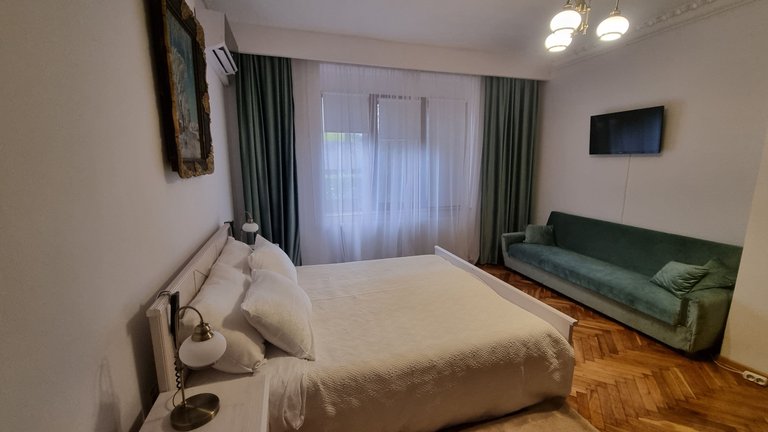
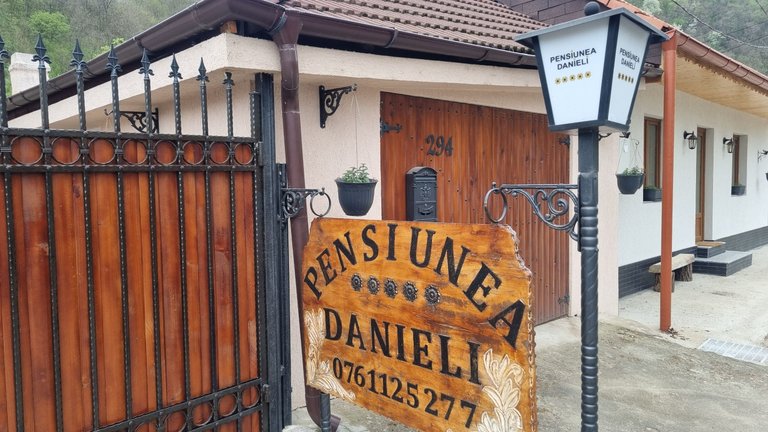
All along the route of the water mills we find 22 water mills that are still functional today, they are not owned by one person, but certain people from the village come one by one and take care of the operation of each mill.
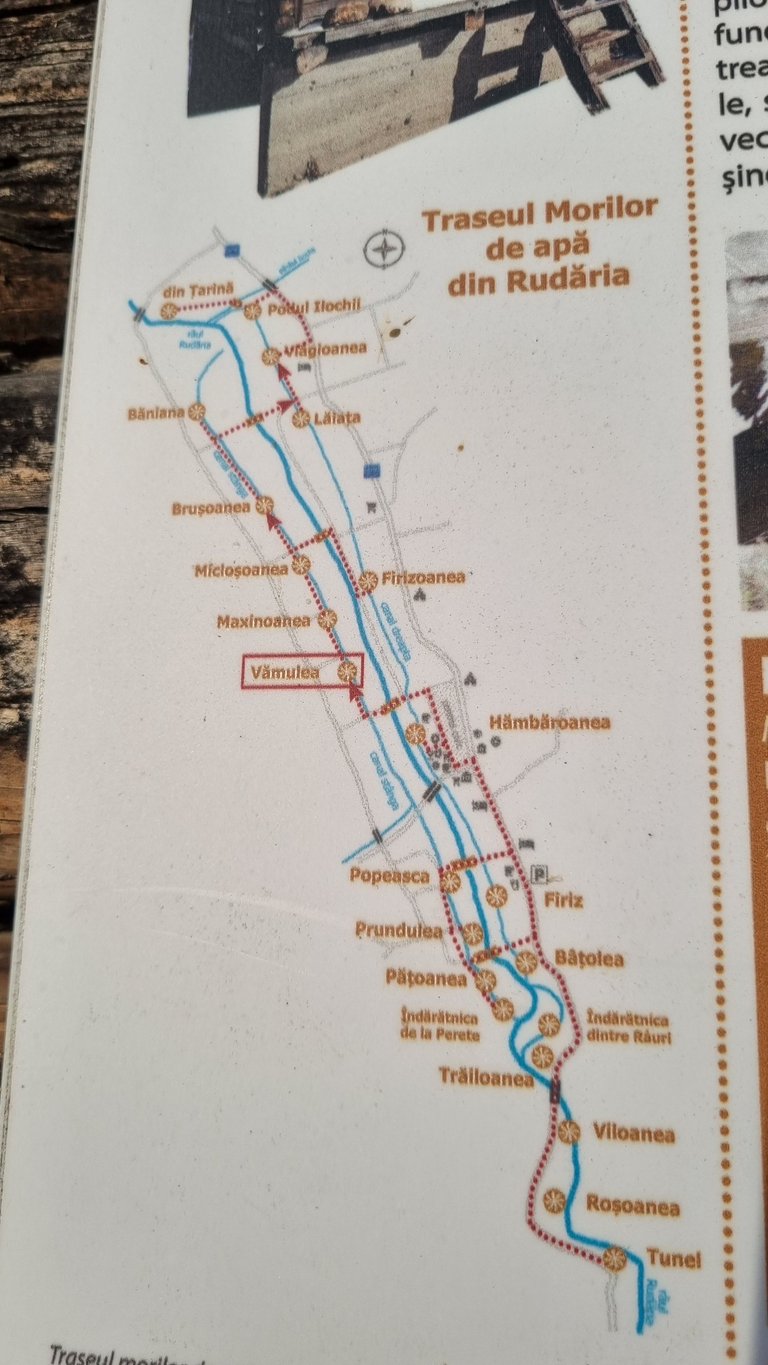
Come with me to explore one of the most beautiful water mill trails in Romania.
The route is easy to follow, it is right along the river that runs through the village, each mill has a name, and somewhere on the door you will find a list with the names of the villagers who are on duty at the mill that day.
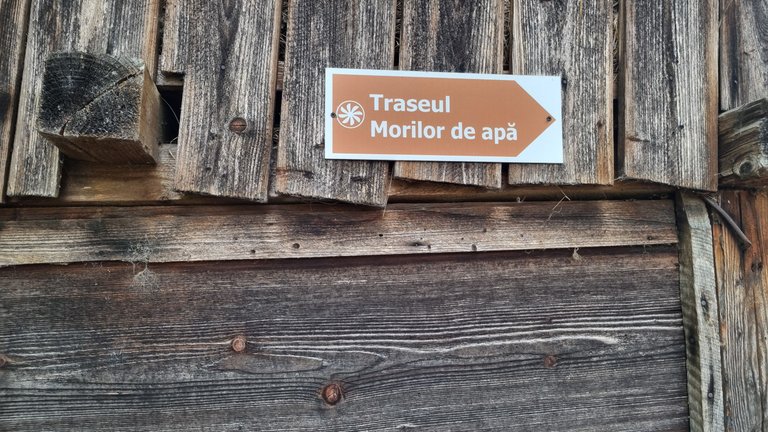
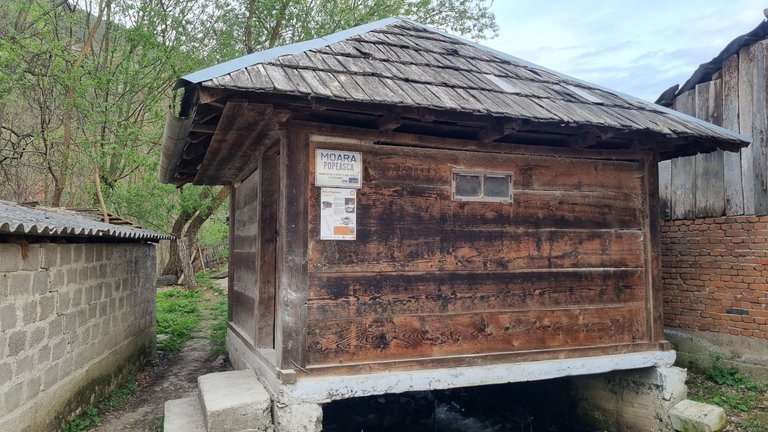
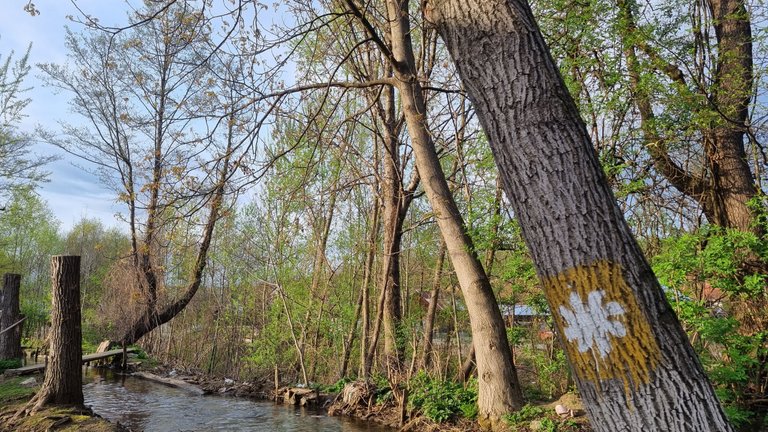
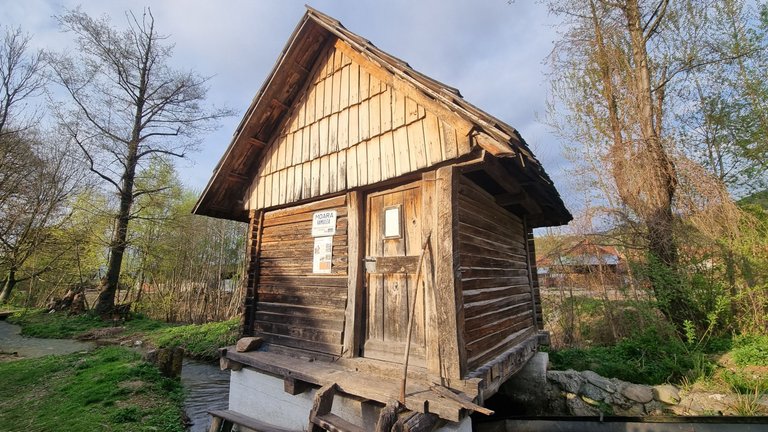
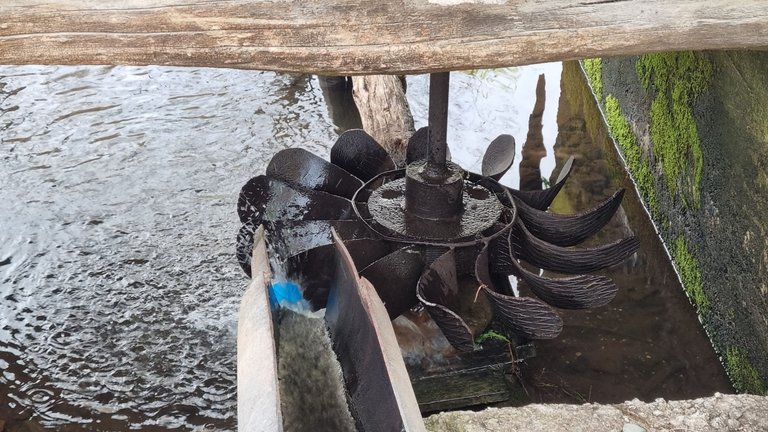
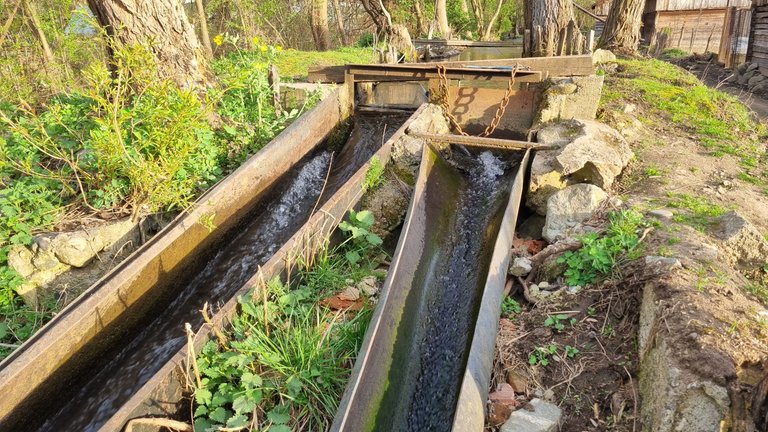
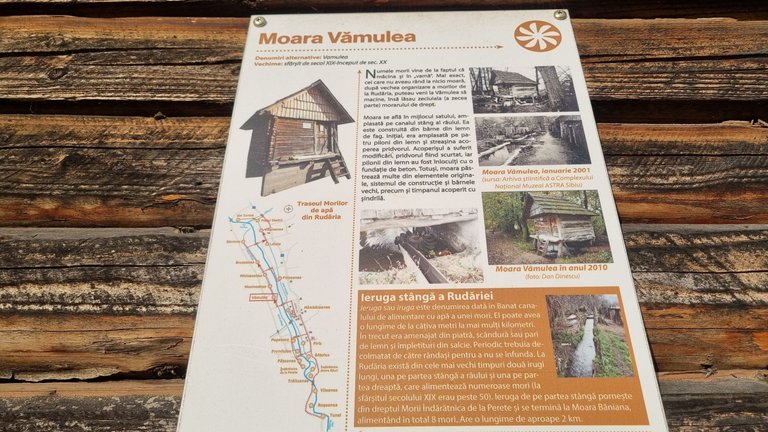
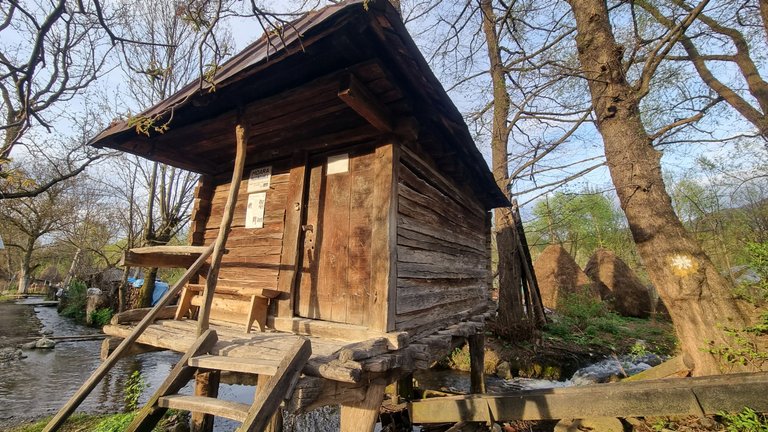
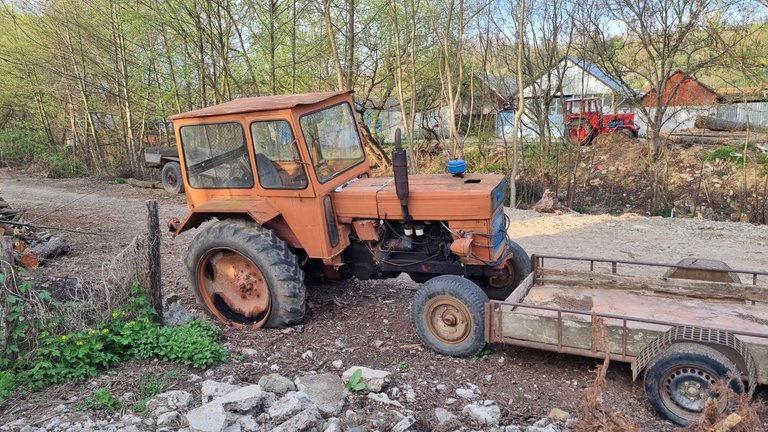
I leave below some very interesting information about the history of these water mills.
Placed like a bead blade along the course of water over a length of 3 km, in the village and outside the village, the mills value, in a hydropower and constructive conception that shows great experience and skill “engineer”, the modest energy potential of the Rudăria River due to a difference insignificant level.
Exploiting to the maximum the advantages of the land, ingeniously correcting the disadvantageous aspects – by crossing tunnels in the hard cliff, by accumulating behind dams from tree trunks, by installing mills on both banks and making the admission on both sides of the vertical hydraulic axis of the water wheels (on the right side, traditional, ordinary, as on the left side, non-traditional and even non-ritual, what they have given to the size of the rivers.
Named in the local language after the founder (or the founding family), the mills in Rudăria – like those of the entire South-Carpathian area, from this southwestern extremity of the Southern Carpathians to the Vrancea elbow – were built and exploited in associative system, by several families having the quality of “learners”.
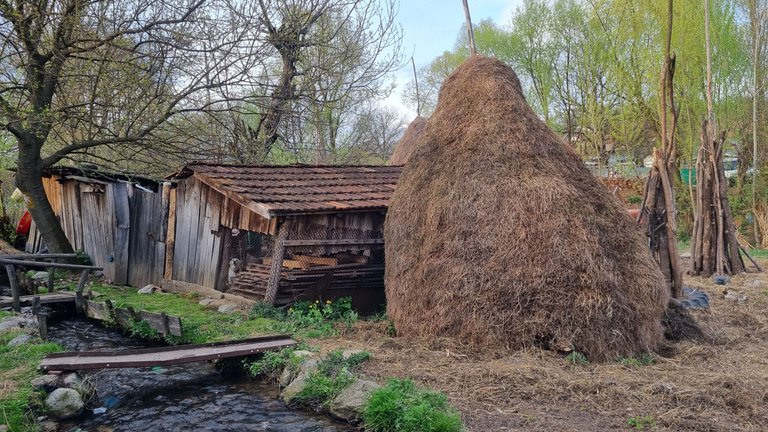
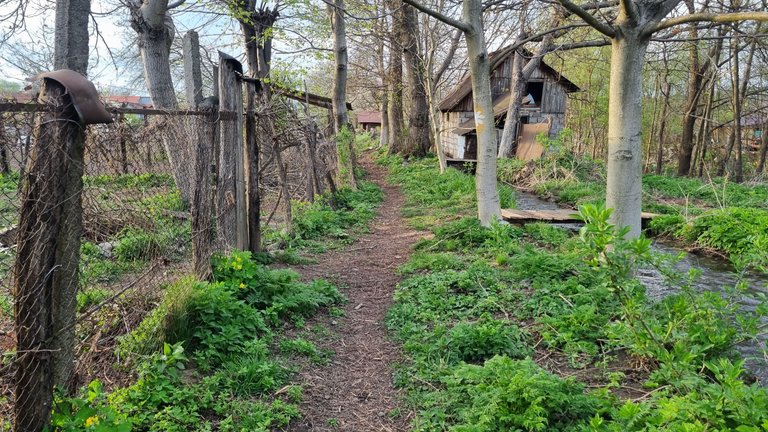
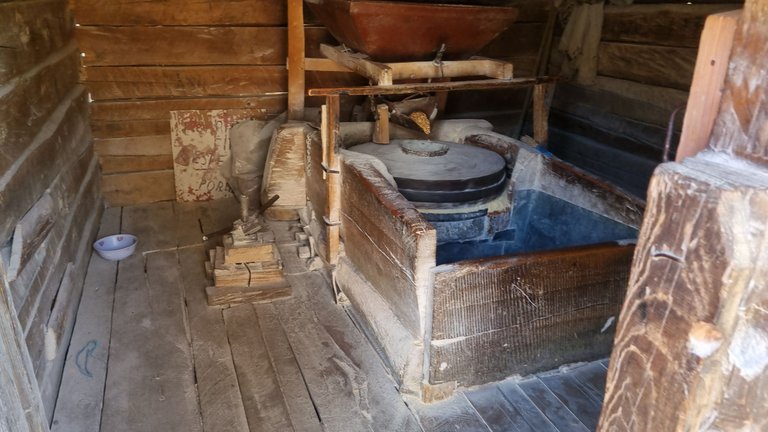
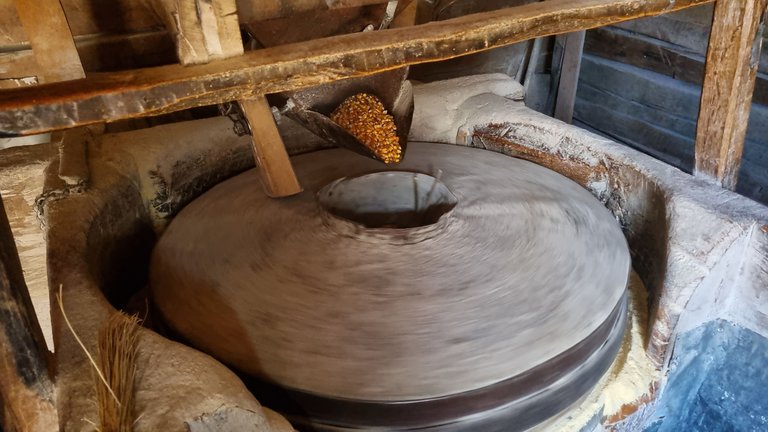
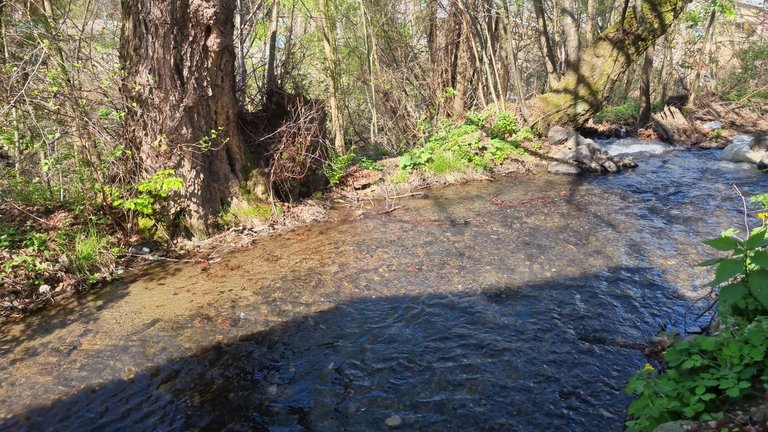
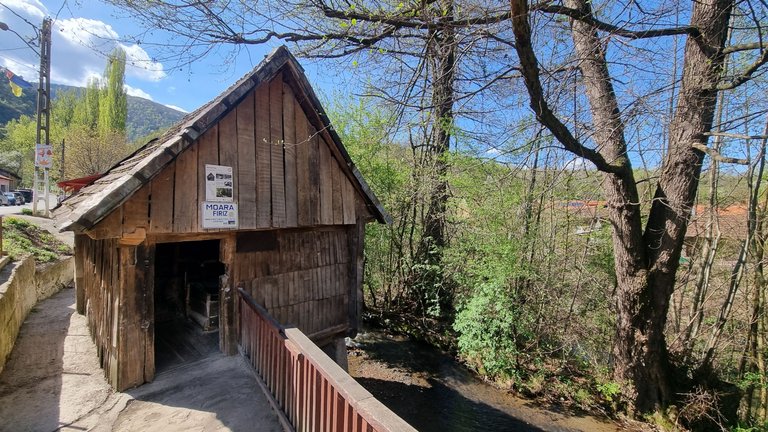
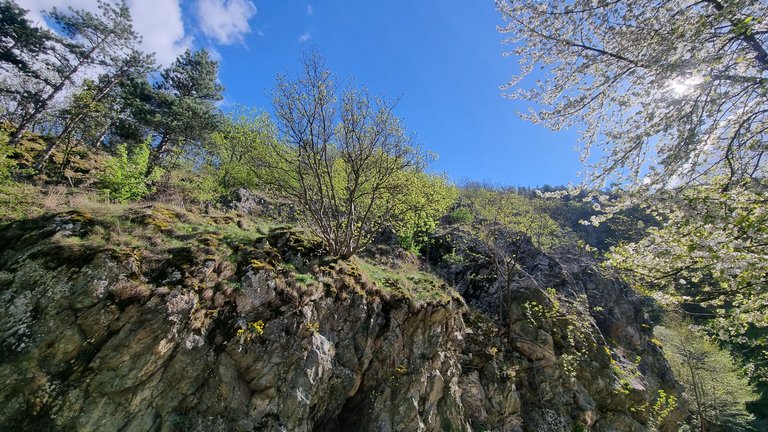
We continue on our way exploring the water mills.
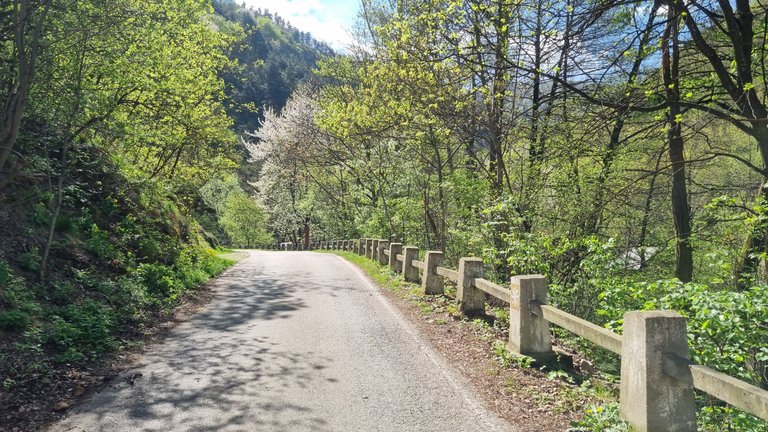
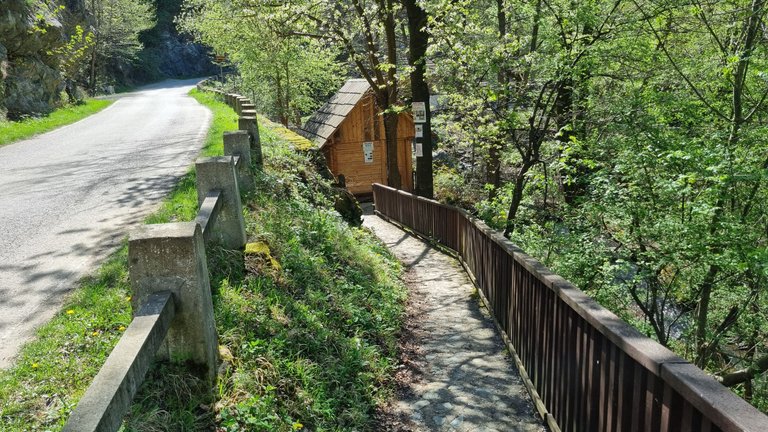
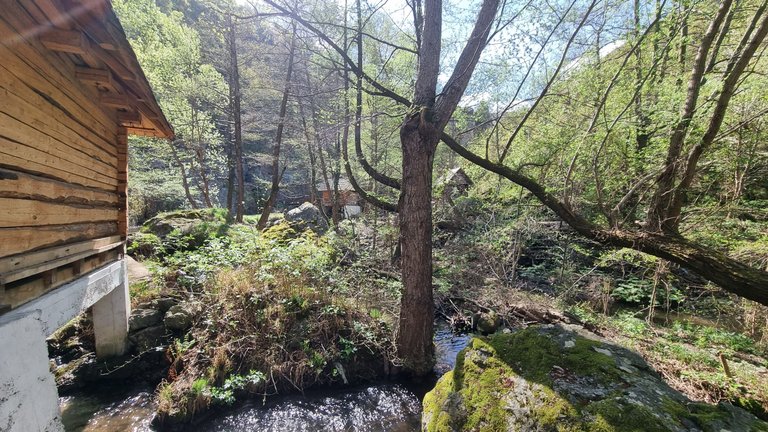
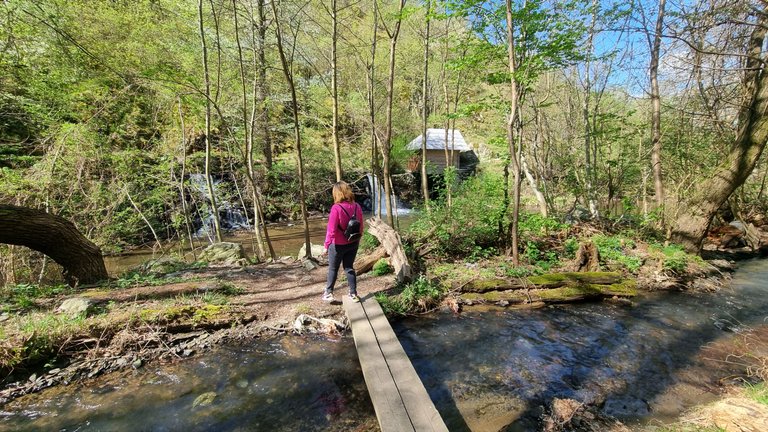
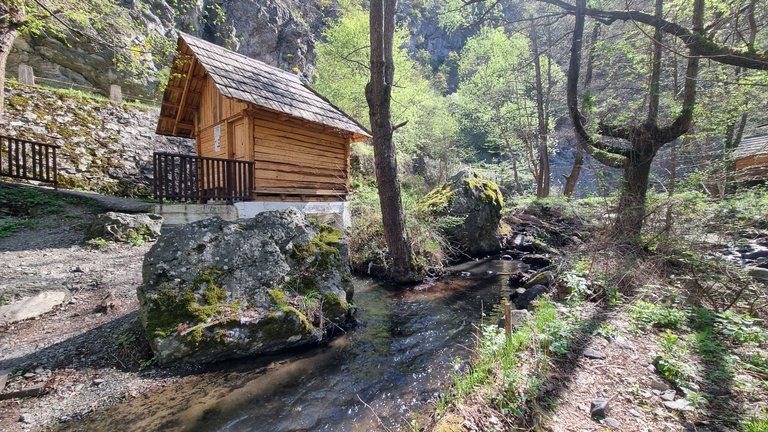
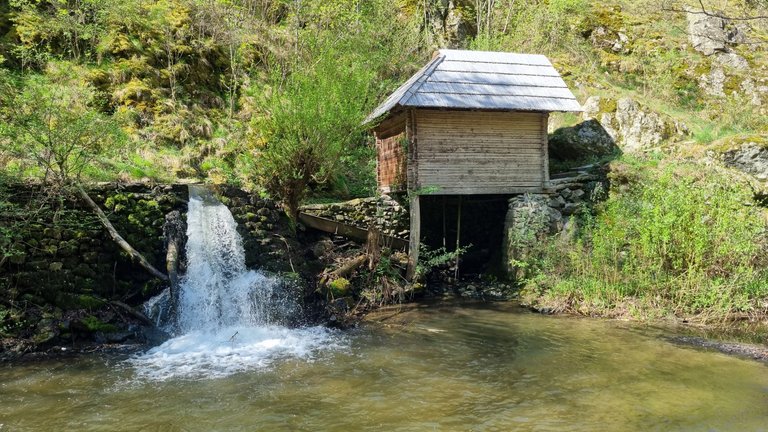
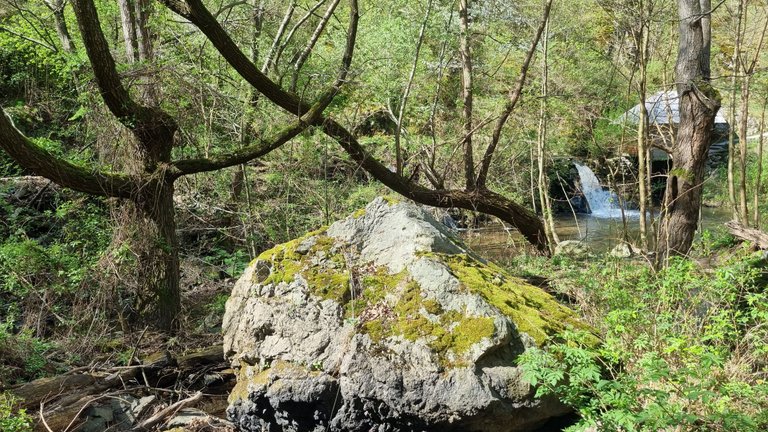
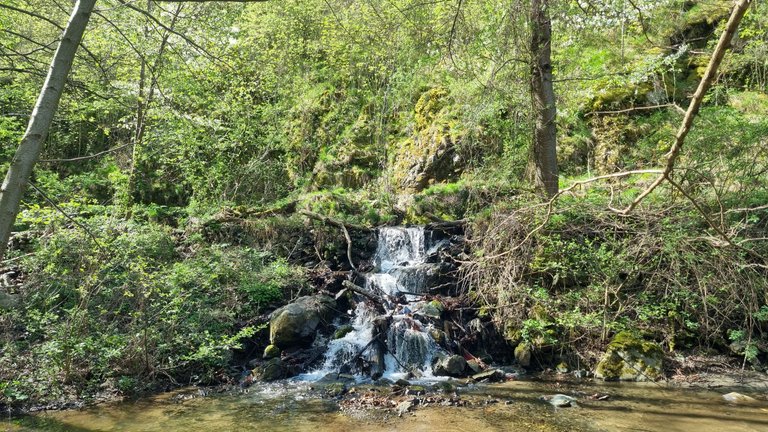
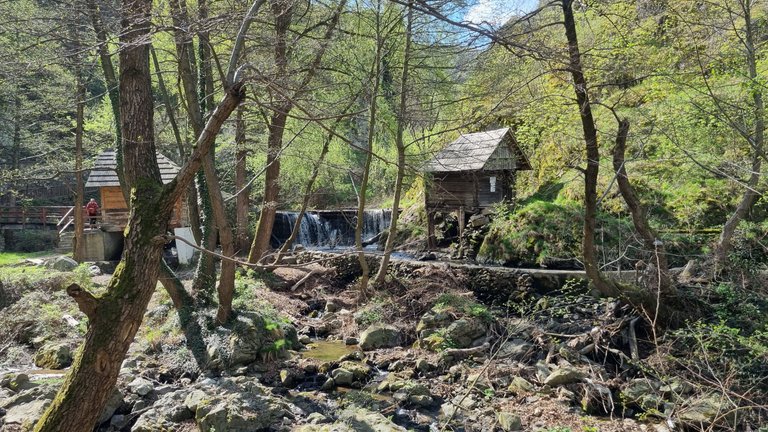
I even found a legend about these water mills.
In the legend of Svineas, it is said that long ago at the Rosoanea mill, towards the night of Sânzâiene, when among people come the good spirits but also the bad ones, she was grinding a very beautiful girl, and a old man who passed by and who had turned into a werewolf because of a cursed coin, he dishonored her and then killed her. The continuation of the legend says that on the valley the good fairy has descended and seeing so much cruelty turns Santa into a wolf, cursing him “not to be able to become human until you dig with the claws and with your teeth under the rock you are standing, a tunnel at the end of which you build a mill at which you never have a row”. On the side of the river where the horror had happened, there remained a rocky place forever. The parents, in search of the girl, perished frozen on the rocks of Rudărauri; in the spring, in the place where the two climbed the rocks Adam and Eve, some of the most beautiful cliffs of Banat.
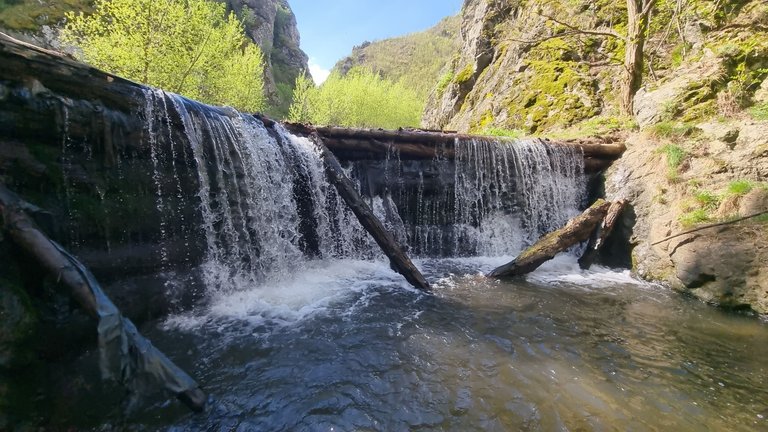

At each water mill I found locals selling different objects created by hand by them, I couldn't help myself and I bought something from each of the 22 water mills, I can say that I wanted to support the work of the villagers in creating those objects.
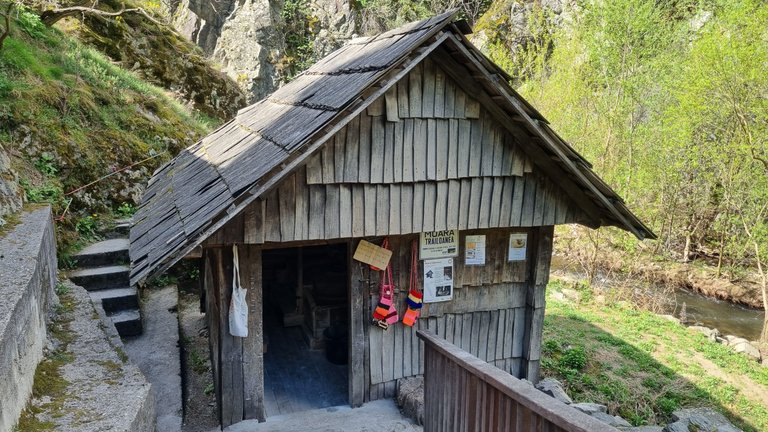
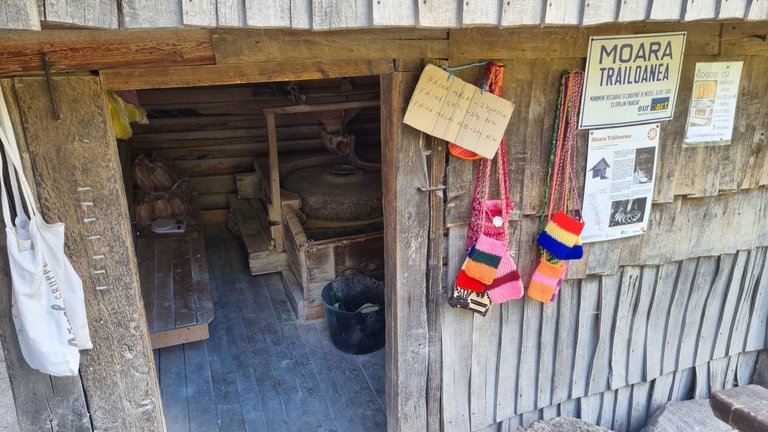
We bought from jars of honey and jam to corn and wheat flour made at that time (I can say that only here I had the opportunity to buy "clean" products without all kinds of additives) and many articles made of wool.
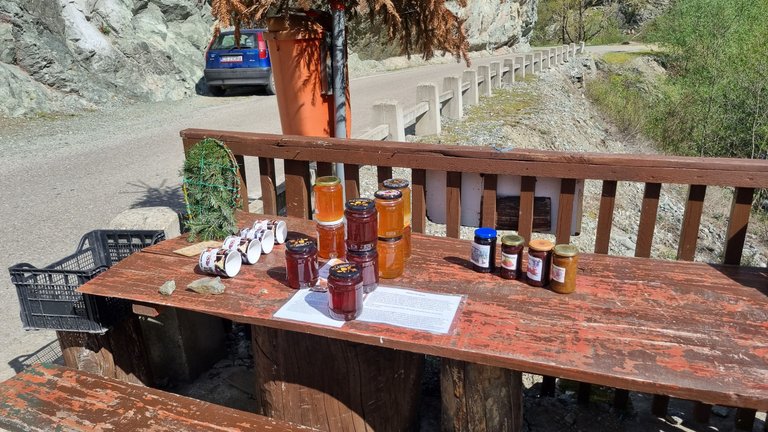
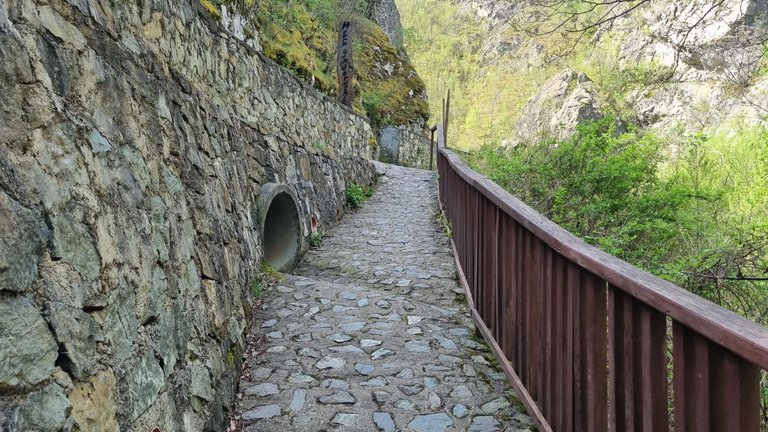
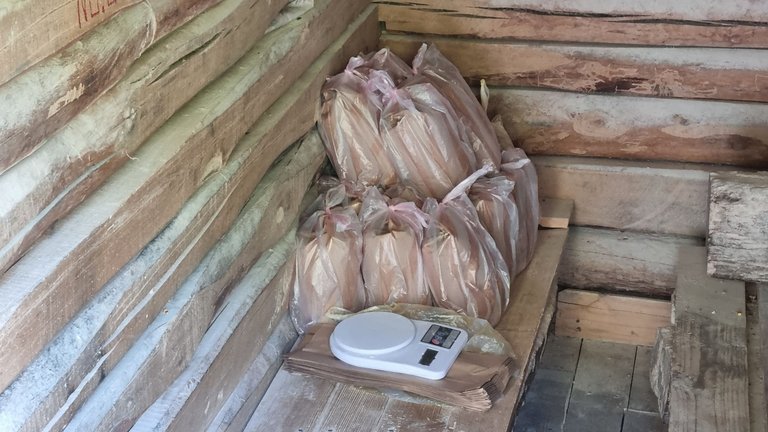

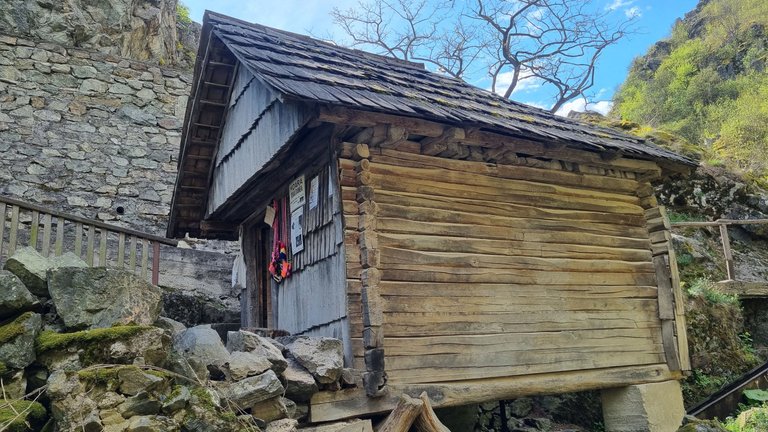
After more than two hours on the route of the water mills in Eftimie Murgu I can say that this place will remain in my mind for a long time, it is absolutely fabulous, I think I will visit it again this year.

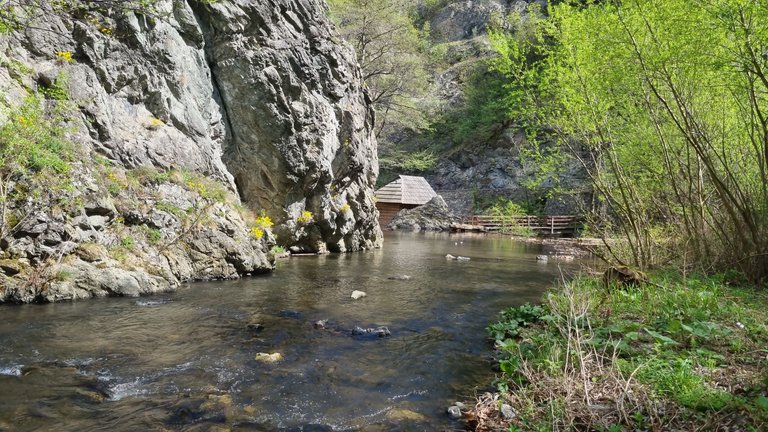
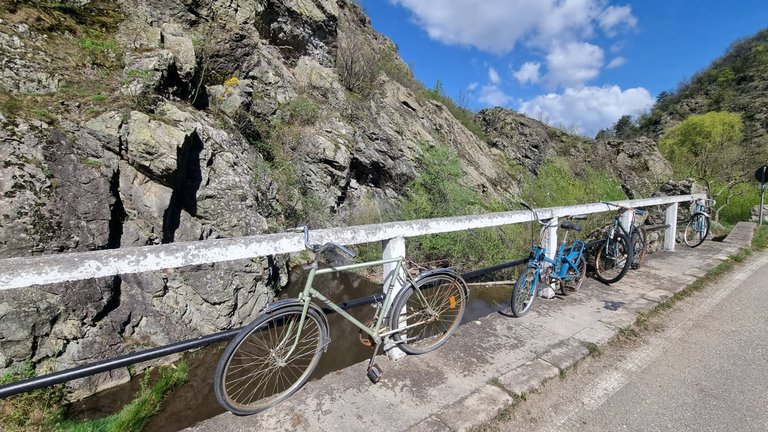
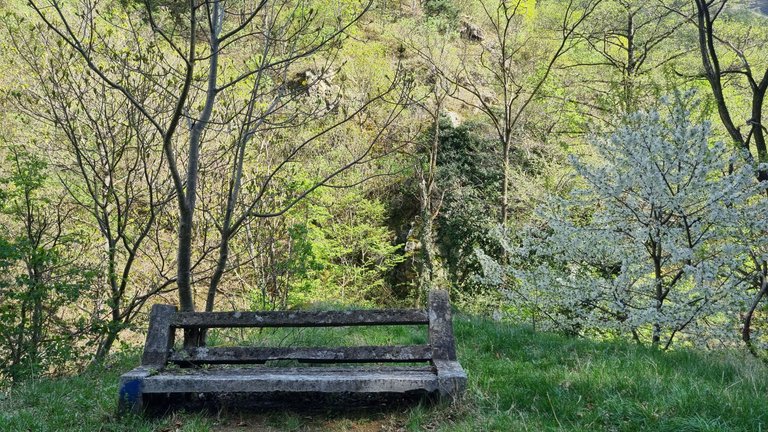
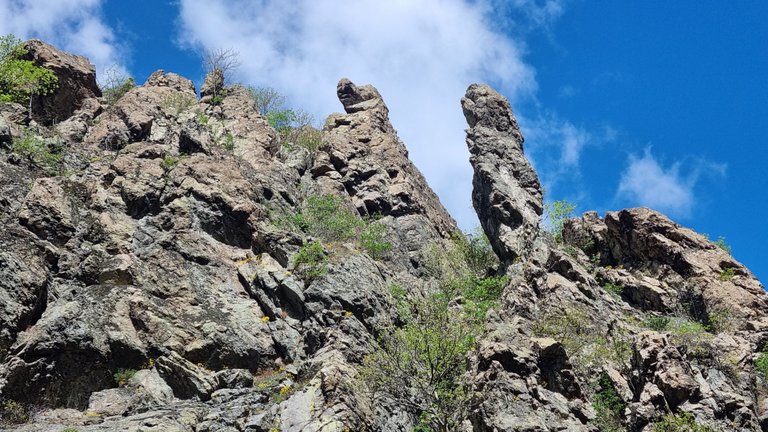
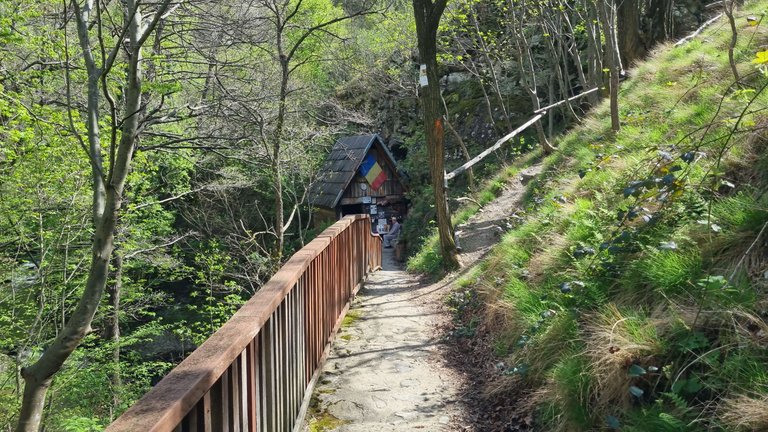
My dear visitors if you have gotten to this point it means that together we have reached the end of today's blog, I hope you will have enjoyed the foray into the history and beauty of the place.
You can check out this post and your own profile on the map. Be part of the Worldmappin Community and join our Discord Channel to get in touch with other travelers, ask questions or just be updated on our latest features.
Thank you very much.
Hey @triplug you are welcome.
Thanks for using @worldmappin 😘
😘
👍😎
😘
This is a very beautiful place and looks like old times, the air also looks very fresh.
I am so glad you liked it and thank you for stopping by, I apologize for replying so late.
Romania is so beautiful, with its pristine nature. It's good to know such a beautiful place exists.
Indeed, Romania has so many amazing places, here you can find almost anything, sea, mountains, countryside, almost anything you want to experience here you will find it.
I can say that we are lucky to have such a wonderful country.
Such a charming and historic spot—those water mills in Eftimie Murgu are like stepping back in time.
You are right, these water mills show us the passage of time, but also the diligence of the people of that village, with the help of the people these water mills have survived the passage of time.
Thank you for stopping by.
Hiya, @ybanezkim26 here, just swinging by to let you know that this post made it into our Honorable Mentions in Travel Digest #2625.
Your post has been manually curated by the @worldmappin team. If you like what we're doing, please drop by to check out all the rest of today's great posts and consider supporting other authors like yourself and us so we can keep the project going!
Become part of our travel community:
Thank you very much @ybanezkim26 and @worldmappin, I apologize for replying so late.
You are very welcome @triplug! it was well deserved. ☀️
We are already looking forward to reading more about your adventures!
😘
Wow, this sounds like such a hidden gem! The Water Mills Trail in Eftimie Murgu looks like a perfect mix of history and nature—definitely adding it to my Romania travel list!"
Indeed it is, in this place nature and history are perfectly combined, moreover, even today those mills are functional that is sensational, how they have lasted so long, thank you for stopping by.